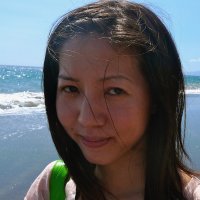
“I think of visual artifacts as prompts and as talismans. My book, House A, is a hybrid book—the third section consists of image-text poems
entitled ‘How to Build an American Home’—but even in relation to other parts of the book I noticed that I was keeping collections of images close to my writing process. How might a multimodal engagement enrich our work both directly and indirectly? My personal collection of images and photographs for this book: houses with A-shaped roofs, geometric figures, and maps/diagrams/blueprints. In these images I was not looking for content so much as atmosphere, feeling, tone (Roland Barthes’s punctum, an inarticulable wound); even the maps/diagrams/blueprints were not necessarily literal, but textures and shadows I was reading as navigational and instructional. I am making an argument here about redefining our blueprints, but these textures, atmospheres, and tones were also ways for me to enter and re-enter my writing: a specificity of feeling to write toward; a ‘wound’ to unearth; a talisman to remind me of my intentions; a specter to seep unconsciously into the language. The visual artifacts were at various moments prompts to set up the emotion of my writing, and they were also ghosts to haunt my work.”
—Jennifer S. Cheng, author of House A (Omnidawn, 2016)
Photo credit: Gary Tsang






